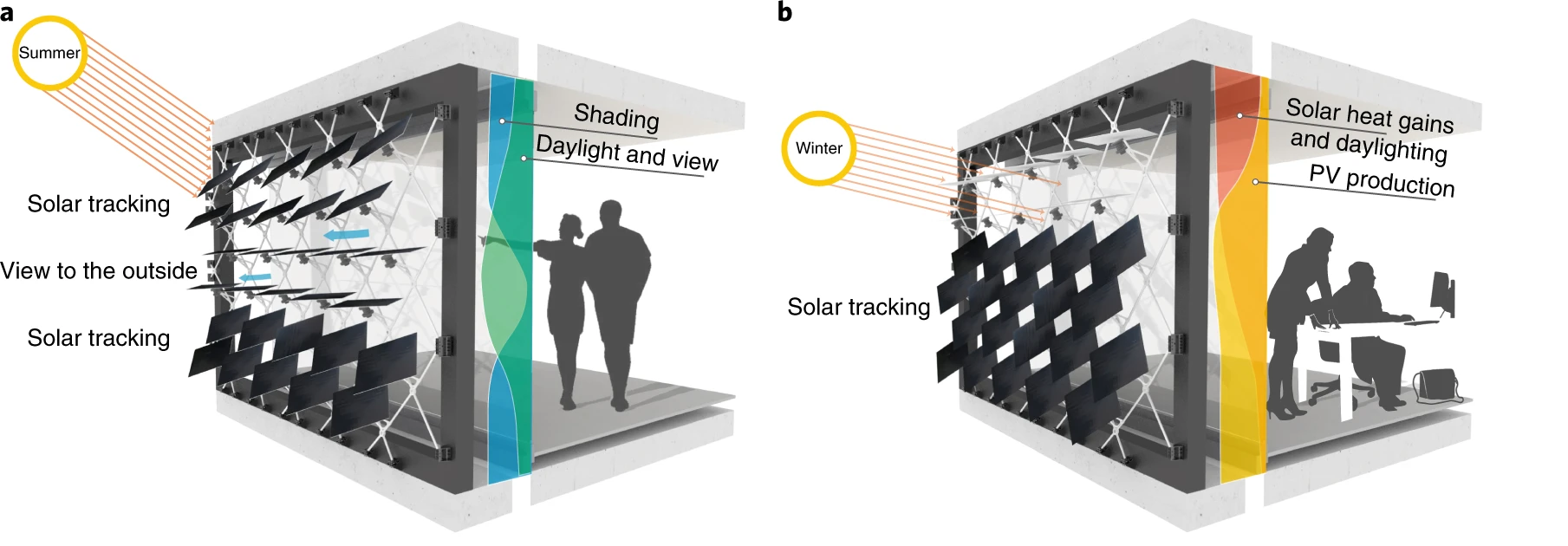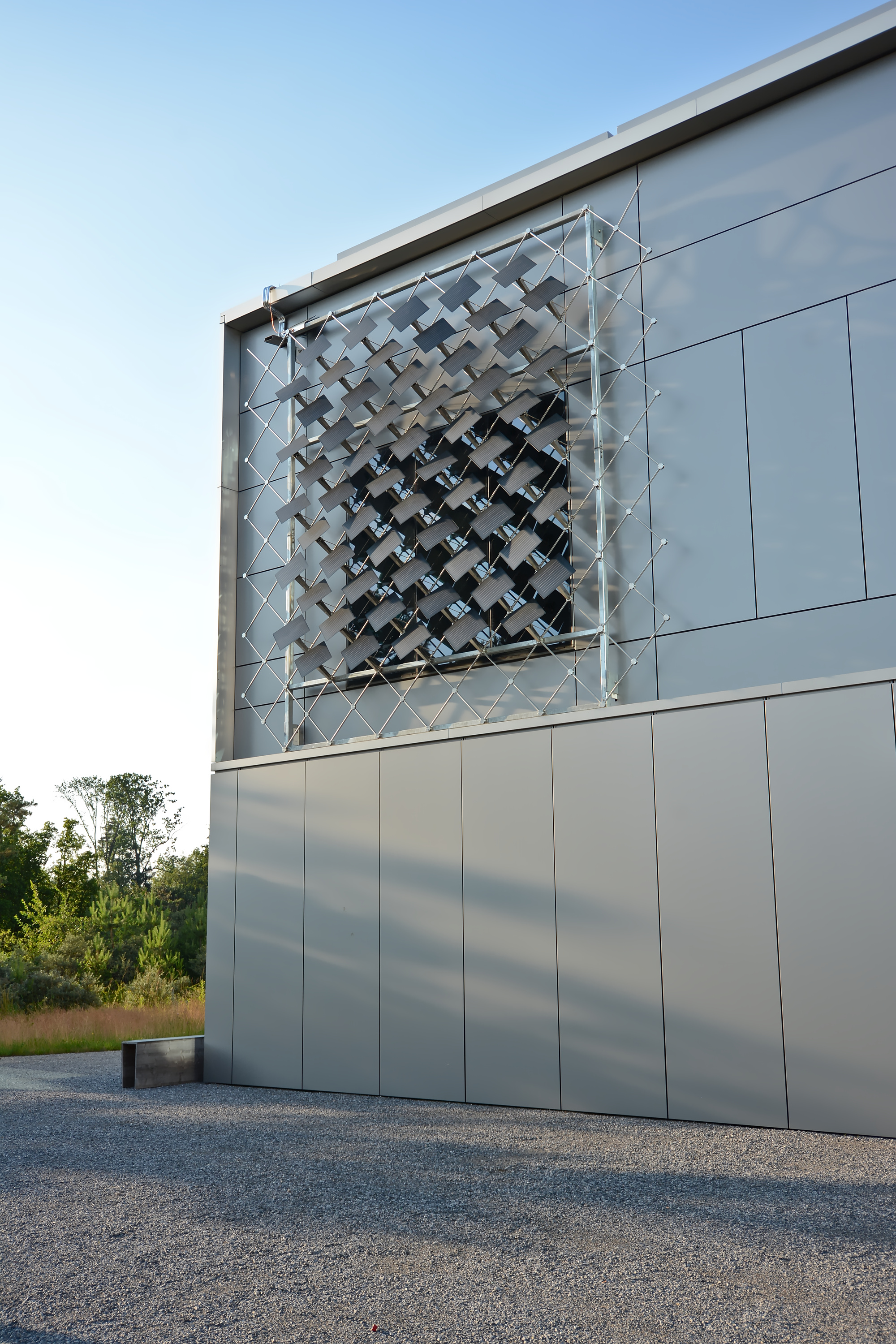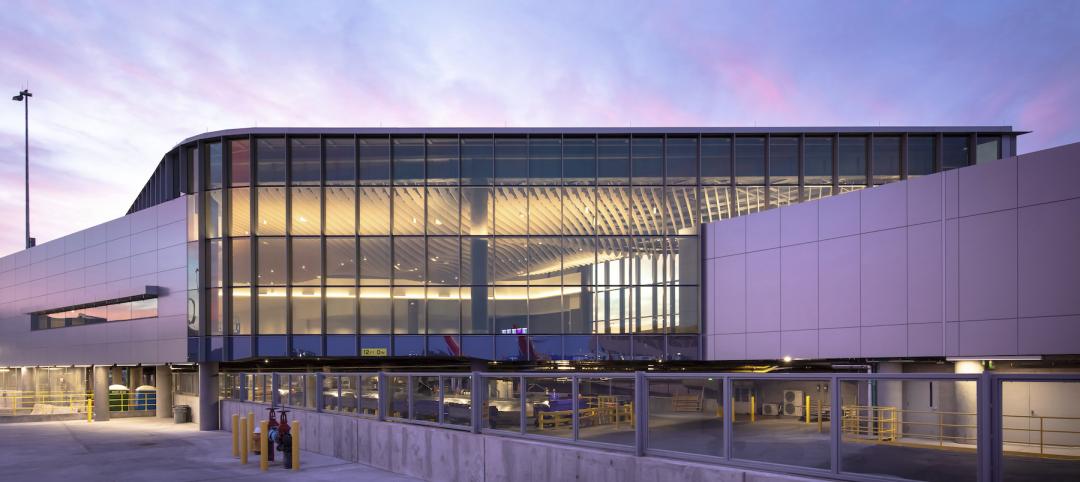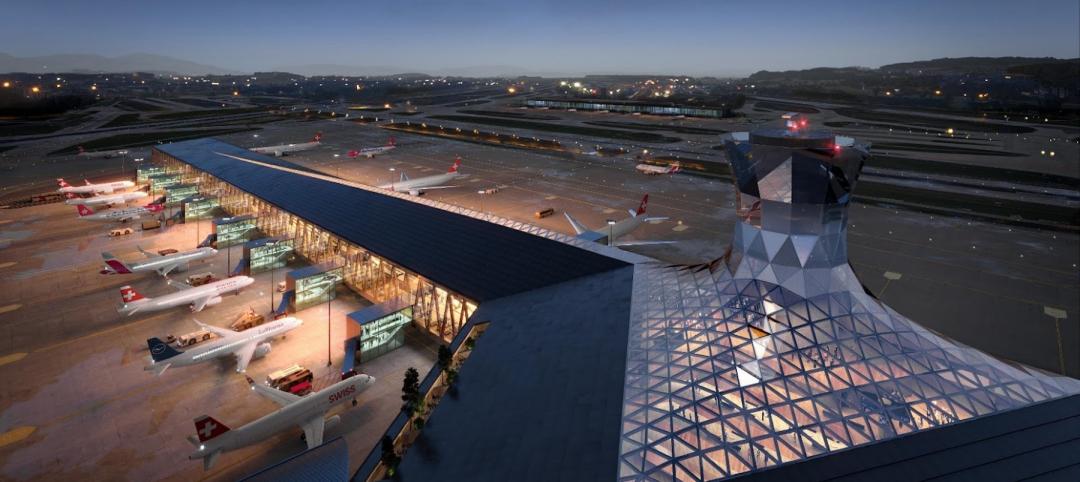A Swiss startup, Zurich Soft Robotics, has devised a photovoltaic façade that tracks and moves with the sun. The company calls Solskin the first commercially available intelligent climate-adaptive building envelope.
Developed by architects and robotics researchers at Swiss research university ETH Zurich, the Solskin hardware comprises adjustable photovoltaic modules that serve a dual purpose: producing renewable electricity while also shading the interior.
The PV modules are mounted on a modular structure that includes all the wiring. The dynamic, lightweight system can be used on both new buildings and façade renovations. Through testing, the team also has confirmed the system’s extreme weather resistance.
When placed in front of a building’s windows, Solskin can reduce building energy consumption by up to 80%, according to ETH research. The solar-tracking modules produce up to 40% more electricity than comparable façade systems. In some cases, such as a south-facing glazed office space in Zurich, the Solskin system can cover the building’s entire energy consumption.
Zurich Soft Robotics’ recent innovation, Solskin AI, makes the system even smarter by leveraging predictive self-learning algorithms. With Solskin AI, the system can control the position of the solar modules in real time—achieving optimal energy efficiency and ensuring the comfort of occupants behind the Solskin facades. The use of AI helps address user preferences, weather conditions, and energy consumption.
Solskin’s moving elements constantly adapt to the environment, leading to increased comfort and reduced energy consumption—which will become increasingly critical with climate change.
All Solskin systems will have continuous AI updates, ensuring the energy-efficient, intelligent building envelopes are always up to date, with a focus on longevity and sustainability.

Related Stories
Giants 400 | Aug 22, 2022
Top 200 Contractors for 2022
Turner Construction, STO Building Group, Whiting-Turner, and DPR Construction top the ranking of the nation's largest general contractors, CM at risk firms, and design-builders for nonresidential buildings and multifamily buildings work, as reported in Building Design+Construction's 2022 Giants 400 Report.
Giants 400 | Aug 22, 2022
Top 80 Engineering Firms for 2022
Kimley-Horn, Tetra Tech, Langan, and NV5 head the rankings of the nation's largest engineering firms for nonresidential buildings and multifamily buildings work, as reported in Building Design+Construction's 2022 Giants 400 Report.
Giants 400 | Aug 21, 2022
Top 110 Architecture/Engineering Firms for 2022
Stantec, HDR, HOK, and Skidmore, Owings & Merrill top the rankings of the nation's largest architecture engineering (AE) firms for nonresidential and multifamily buildings work, as reported in Building Design+Construction's 2022 Giants 400 Report.
Giants 400 | Aug 20, 2022
Top 180 Architecture Firms for 2022
Gensler, Perkins and Will, HKS, and Perkins Eastman top the rankings of the nation's largest architecture firms for nonresidential and multifamily buildings work, as reported in Building Design+Construction's 2022 Giants 400 Report.
Giants 400 | Aug 19, 2022
2022 Giants 400 Report: Tracking the nation's largest architecture, engineering, and construction firms
Now 46 years running, Building Design+Construction's 2022 Giants 400 Report rankings the largest architecture, engineering, and construction firms in the U.S. This year a record 519 AEC firms participated in BD+C's Giants 400 report. The final report includes more than 130 rankings across 25 building sectors and specialty categories.
Airports | Jul 18, 2022
FAA will award nearly $1 billion for airport projects
The Federal Aviation Administration (FAA) will award nearly $1 billion to 85 airports of all sizes across the country to improve terminals.
Airports | Jul 8, 2022
Phoenix Sky Harbor Airport’s new terminal prioritizes passenger experience and sustainability
McCarthy Building Companies recently completed construction of the final concourse in Terminal 4 at Phoenix Sky Harbor International Airport.
Airports | Jul 7, 2022
Love at first flight: The power of first impressions in airports
As architects, how we design a terminal and choreograph the passenger experience can stir up strong feelings.
Airports | Jun 29, 2022
BIG and HOK’s winning design for Zurich airport’s new terminal
Two years ago, Zurich Airport, which opened in the 1950s, launched an international design competition to replace the aging Dock A—the airport’s largest dock.
Airports | Jun 2, 2022
SOM-designed International Arrival Facility at Seattle’s Sea–Tac airport features the world’s largest aerial walkway
The Skidmore, Owings & Merrill (SOM)-designed International Arrivals Facility (IAF) at Seattle-Tacoma International Airport has opened, replacing a 50-year-old arrival facility.

















